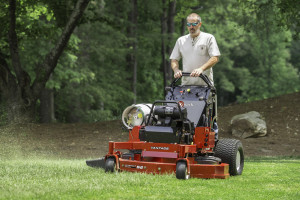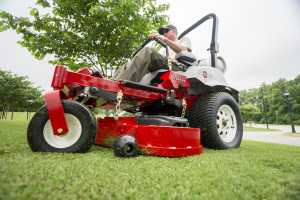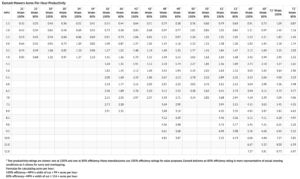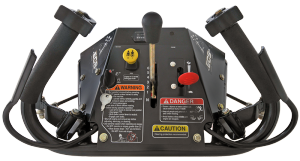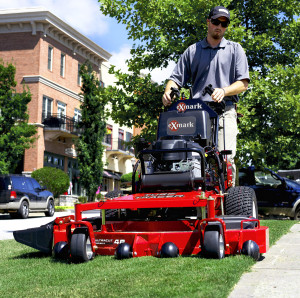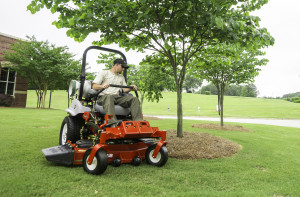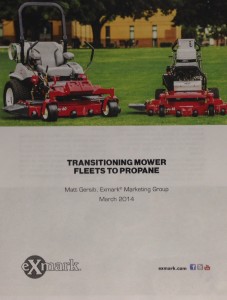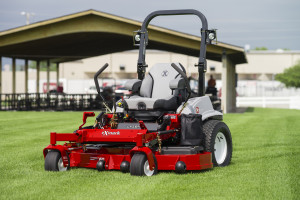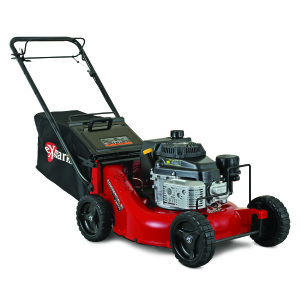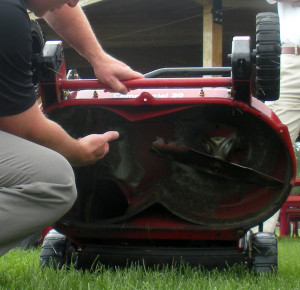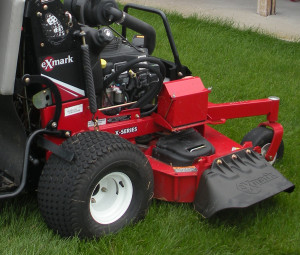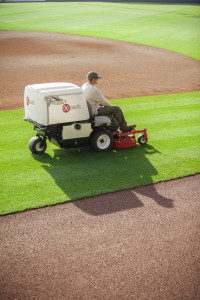Your lawn care and landscaping business doesn’t have to end with the growing season. With a little innovation and the right tools, you can carry your entire team through the winter months. Whether you’d prefer to spend your time coming up with a great business plan for next year, or heading out to clear driveways and parking lots until spring, here are some great ideas for extending your business into the winter.
Off-Season Income Options
The most common type of winter revenue-builder is to expand your fleet of lawn care services to include snow and ice removal. Large parking lots, private driveways, and even city streets need to be cleared in the winter, which means you can offer your services year-round to help keep these surfaces clear. As autumn winds down, be sure and let all your clients know that you also provide winter upkeep, as this can help keep you in business without a huge investment in marketing.
Of course, if you don’t live in a snowy area, there are still options available to you. Some of the most common off-season income generators include:
- Tree Care: Although much of tree care needs to be done during the growing season, you can offer tree removal, stump grinding, and other cleanup services.
- Landscape Design: If you have a flair for design, you can expand your mowing and lawn care to include landscape design. Put your knowledge of plant growth and lawn upkeep to good use and help your clients in the process.
- Spring Prep: There is usually plenty of work to be done getting a lawn ready for spring. Dead plant removal, yard waste cleanup, gutter work, and everyday maintenance can still be part of your routine.
- Holiday Lights: Many families can’t get outside and on the roof to hang holiday lights, but they’d still like to celebrate the season. Offering holiday light hanging and removal can be a real boost to your business.
- Multiple Locations: It’s not snowy and cold everywhere in the United States, so consider picking up some seasonal work in a newer, warmer location.
- Equipment Maintenance: You’ve already prepped your own lawn mowers for winter, but what about the average homeowner? Since you already know how to change spark plugs, replace oil filters, and prep your equipment for winter, offer this service to others.
Other options include working on your own business plans for the future. Many companies use the winter months to work on branding, marketing, social media, website development, and community outreach—all of which can boost your income in the coming year and help sustain you during winter.
The Right Lawn Care Equipment for the Job
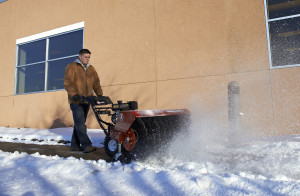
With an Exmark Rotary Broom, your mowing business can offer Snow and ice removal. The Exmark Rotary Broom makes quick work of clearing virtually any concrete surface.
The best part about extending your lawn care routine through winter is that you don’t have to purchase all new equipment. Some machines you already use and own can be adapted for winter use.
For example, the Rotary Broom, which is ideal for clearing turf or removing grass clippings, can also be used to break up snow and ice particles on the sidewalk. You also have the option of adding a broom snow cab or tire chains for winter use. Additional options include rotary broom attachments that you can mount to some zero-turn mowers.
With some creative thinking, you can expand your business beyond the lawn mowing season and set the stage for stronger growth in the coming years.

